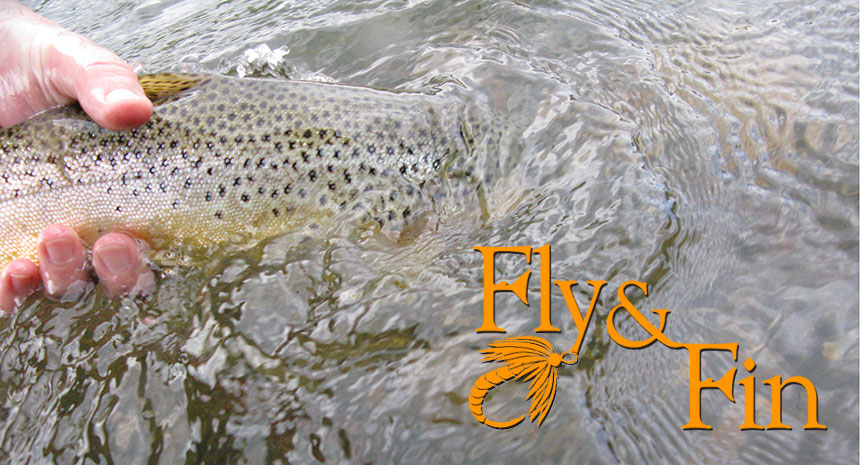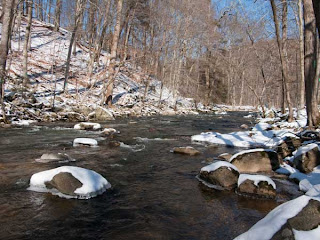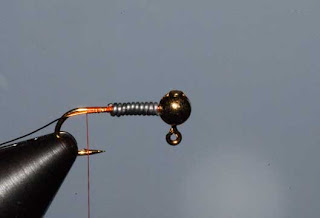This is my version of a pattern I learned form Johan Klingberg at the International Fly Tying Symposium back in November 2009 on Czech Nymphs.
Johan Video is has great DVD and is the best primmer on the history of Eastern European Nymphing.
I highly recommend his DVD:
Czech Nymph DVD: Modern Fly Fishing vol. 1
Instructor, narrator, producer etc.: Johan Klingberg/Jussi Sjölund
This is a great anchor fly.
Hook – Jig Head
Size – 1/125 – 1/80
Thread –6/0 Camel or Brown
Body – Pheasant Tail
Thorax – Olive Ice Dub
Rib – .32 gauge Red Parawire or any Red wire
Tail – Dun CDC fibers
1. Mash down barb and secure thread.
2. Secure CDC fibers to the bend.
3. Secure wire.
4. Tie in Pheasant tail fibers.
5. Wind Pheasant tail fibers forward and secure.
6. Wind wire forward and secure.
7. Dub in Olive Ice Dub.
8. Wind Olive Ice Dub forward and whip finish.




















































